New Beats for Old Brooklyn
In the first cut of Andy Statman’s new star-studded double CD actor John Goodman gruffly intones the title: “Old Brooklyn,” introducing an old folky banjo strumming that makes way for Statman’s wild screeching free-jazz clarinet, which, in turn, roars into a bluegrassy banjo and mandolin (Statman again), before returning to the jazzy side of things. The lap steel guitar of Jon Sholle never lets us forget the country music connection but then also spaces out into rock territory. The second track, “My Hollywood Girls,” takes us over the seas to Russia and the most adept mandolin playing you are likely to hear this side of Moscow or Appalachia.
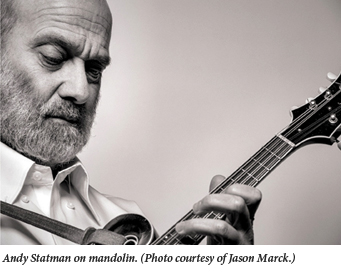 In Old Brooklyn, Statman moves easily from bluegrass to blues to klezmer to Hasidic to rock, among other musical genres. For those who know his history, this versatility is not surprising. He began as an unlikely prodigy: a New York Jewish kid playing bluegrass on the mandolin. In the 1970s he became interested in klezmer (along with Judaism) and began seriously playing the clarinet. The story of how he and ethnomusicologist Zev Feldman looked up long-retired klezmer great Dave Tarras (who died in 1989) in Coney Island is now a part of modern klezmer lore. Tarras, Naftuli Brandwein, and Shloymke Beckerman were the great Eastern European klezmer clarinetists who had arrived in New York by the 1920s. Long after the height of his career, retired and basically forgotten, as was his style of Jewish music, Tarras agreed to mentor Statman on the clarinet and even played on the same bill with Statman and Feldman. Sometimes couples whose weddings he had played at decades before came to hear him again. Tarras’ 78 RPM recordings became part of the core repertory of the klezmer renaissance that began in the late 1970s, and Statman is the great exponent of his style.
In Old Brooklyn, Statman moves easily from bluegrass to blues to klezmer to Hasidic to rock, among other musical genres. For those who know his history, this versatility is not surprising. He began as an unlikely prodigy: a New York Jewish kid playing bluegrass on the mandolin. In the 1970s he became interested in klezmer (along with Judaism) and began seriously playing the clarinet. The story of how he and ethnomusicologist Zev Feldman looked up long-retired klezmer great Dave Tarras (who died in 1989) in Coney Island is now a part of modern klezmer lore. Tarras, Naftuli Brandwein, and Shloymke Beckerman were the great Eastern European klezmer clarinetists who had arrived in New York by the 1920s. Long after the height of his career, retired and basically forgotten, as was his style of Jewish music, Tarras agreed to mentor Statman on the clarinet and even played on the same bill with Statman and Feldman. Sometimes couples whose weddings he had played at decades before came to hear him again. Tarras’ 78 RPM recordings became part of the core repertory of the klezmer renaissance that began in the late 1970s, and Statman is the great exponent of his style.
Although Eastern European Jews had a tradition in the 20th century of Jewish mandolin orchestras as well as mandolin accompaniment to singing, Statman’s playing emerged from a virtuosic American folk mandolin tradition, exemplified by the bluegrass pioneer Bill Monroe, with whom he played as a young man. Though other great mandolinists perform in the klezmer world today, such as Jeff Warschauer, Eric Stein, and Joey Weisenberg, Statman has them beat, certainly in terms of speed. One of the wonderful things about this album is that he plays with virtuosic equals, Béla Fleck on the banjo and Byron Berline on the fiddle, each of whom bring along musical backgrounds as diverse as Statman’s. Other special guests, including David Letterman’s musical director Paul Shaffer (bringing a ’70s sound on the keyboards) add to the fun of this recording, but at the heart of it all is Statman’s tight, longtime trio with Larry Eagle on drums and percussion and Jim Whitney on bass. When the three of them play “Zhok Mahoney” (a zhok is a dance tune in the slow Romanian hora rhythm) the traditional Jewish clarinet of Statman plays in sync with the nontraditional klezmer drumming of Eagle as they riff off each other for the entire song. (At Statman’s weekly gigs in the intimate, funky basement of the Charles Street Synagogue in Greenwich Village one really sees and hears the closeness of his three-piece band, but you feel it on Old Brooklyn too.)
There are a few surprises on Old Brooklyn. In “Totally Steaming,” the fifth tune on the first CD (but the first that is outright Jewish in character) one hears a duet between clarinet and a boiling tea kettle. Here and elsewhere, Statman showcases his ability to transition from klezmer to improvisatory free jazz. His playing here has an emotional depth and the kettle serves as a drone, keeping you on earth as his clarinet soars. The most surprising number, at least if you think of Statman only as a Jewish performer, is the song “The Lord Will Provide,” written by John Newton, who also wrote “Amazing Grace.” It is sung by country and bluegrass star Ricky Skaggs, accompanied only by Statman’s clarinet. The pairing of Skaggs’ gospel singing with the clarinet, which cannot help but sound spiritually Jewish, is inspired.
Those sparse duets contrast with the rollicking tunes in which Paul Shaffer joins the band. In “Eitan and Zaidy” and “A Boppin’ Crib” the band—with Berline, Shaffer, and Sholle—rock out, but it is Statman’s mandolin that grabs center stage. To my ear, those jams do not equal the country music and bluegrass perfection found in the smaller ensembles that play “A Brighter Day” or “Pretty Little Gal” among others, but they are fun. While the bluegrass material might strike some as conservative, not many musicians would attempt the solo as Statman dares with his clarinet in “Life Cycles,” combining Hasidic nigunim, klezmer, and American folk melody. One becomes absorbed in the clear tone of the instrument and is saddened by the final note, still too early at the near five-minute mark.
Statman takes risks and usually succeeds. Old Brooklyn proves once again that his mandolin playing is unequaled; and his clarinet will blow you away.
Suggested Reading
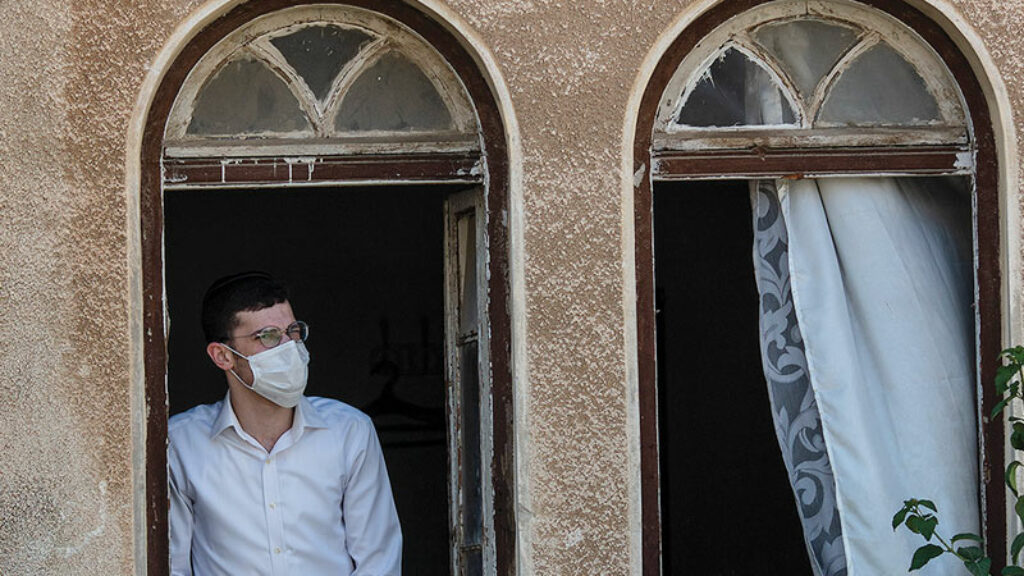
State, Power, Religious Control: How COVID-19 Raises New Political Questions: An Exchange
Between rabbinic rulings and public policy: a response from Daniel Goldman and Yossi Shain and a rejoinder from Yehoshua Pfeffer.
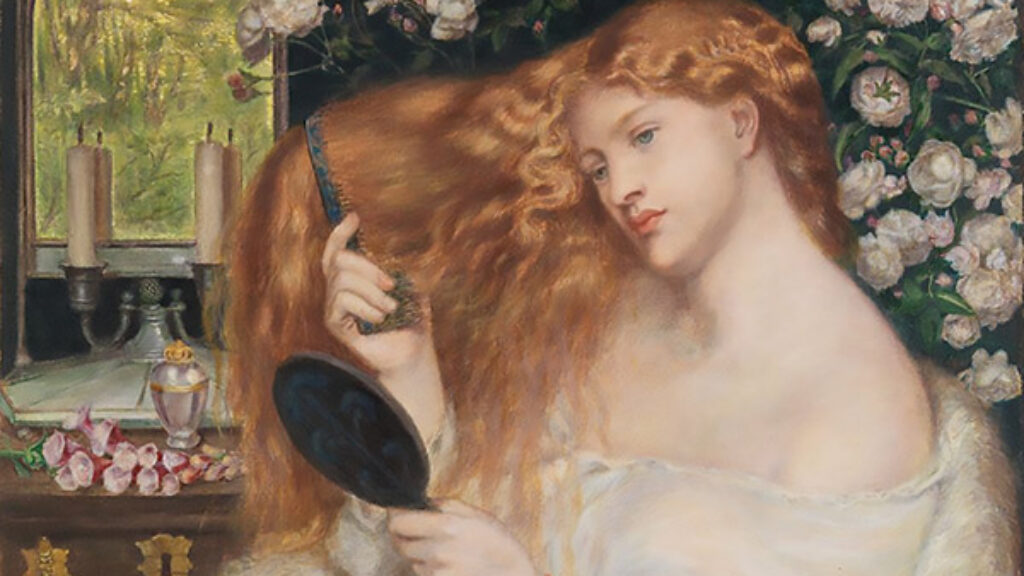
Lilith and the Knight
Demons, dragons, and a “Tel Aviv hipster in King Arthur’s Court.”
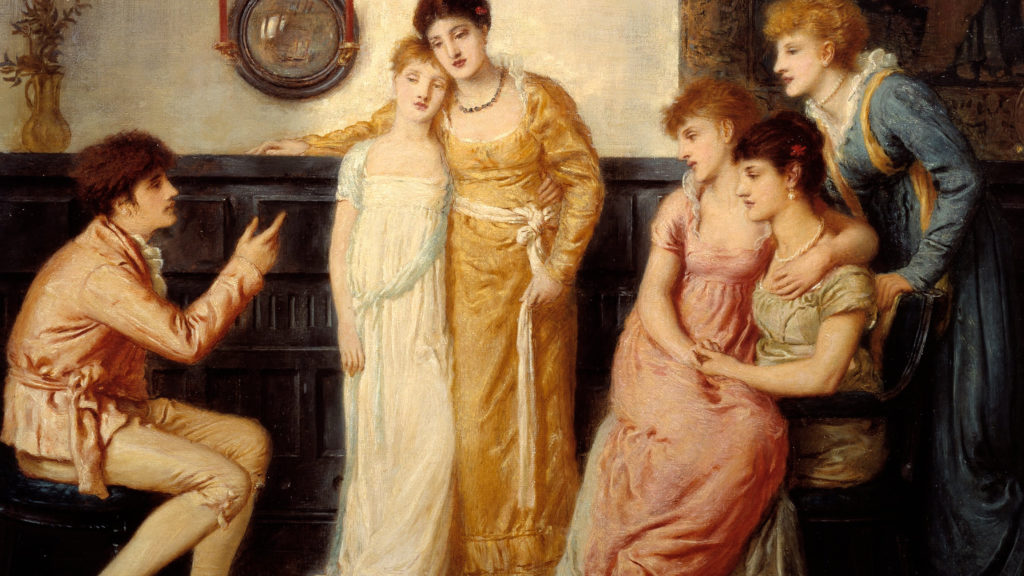
Raising the Asmonean Banner
Two teenaged sisters wrote surprisingly sophisticated and moving poetry about the Maccabees and a medieval massacre.
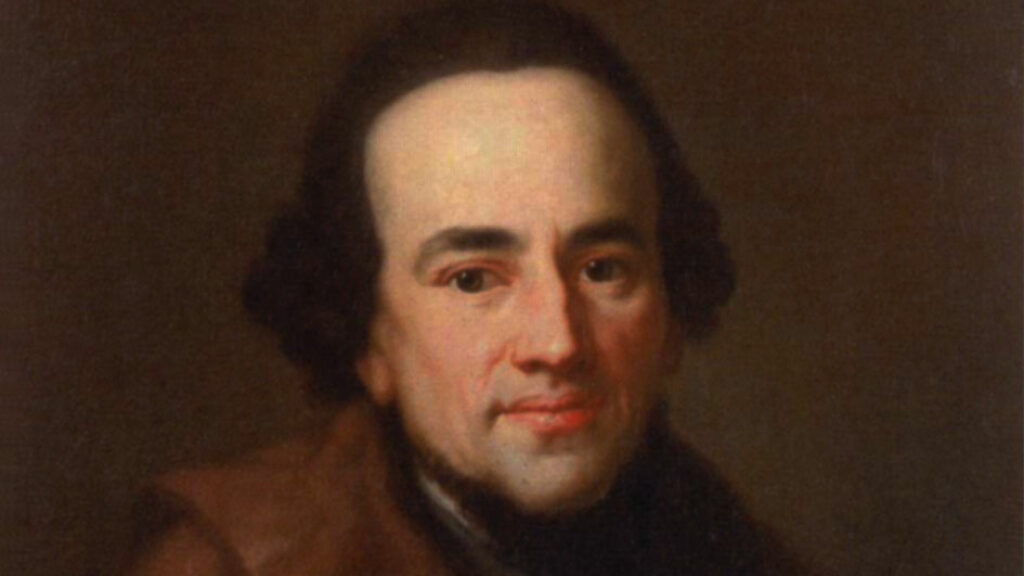
Punctuality, Mendelssohn, and Nihilism: Remembering Alexander Altmann
Punctuality seemed like one of the requirements of working with a yekke, the kind of Central European Jew who wore a jacket and tie even if he had no plans to leave the house.
Comments
You must log in to comment Log In